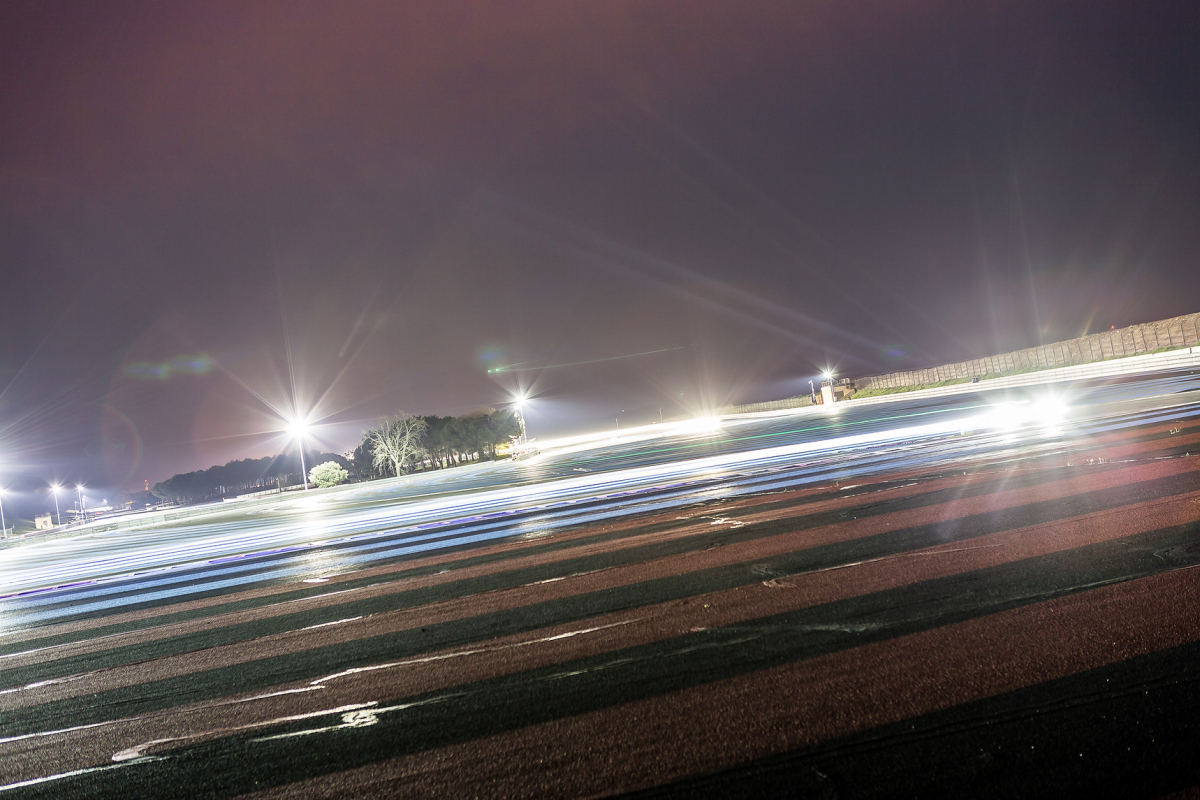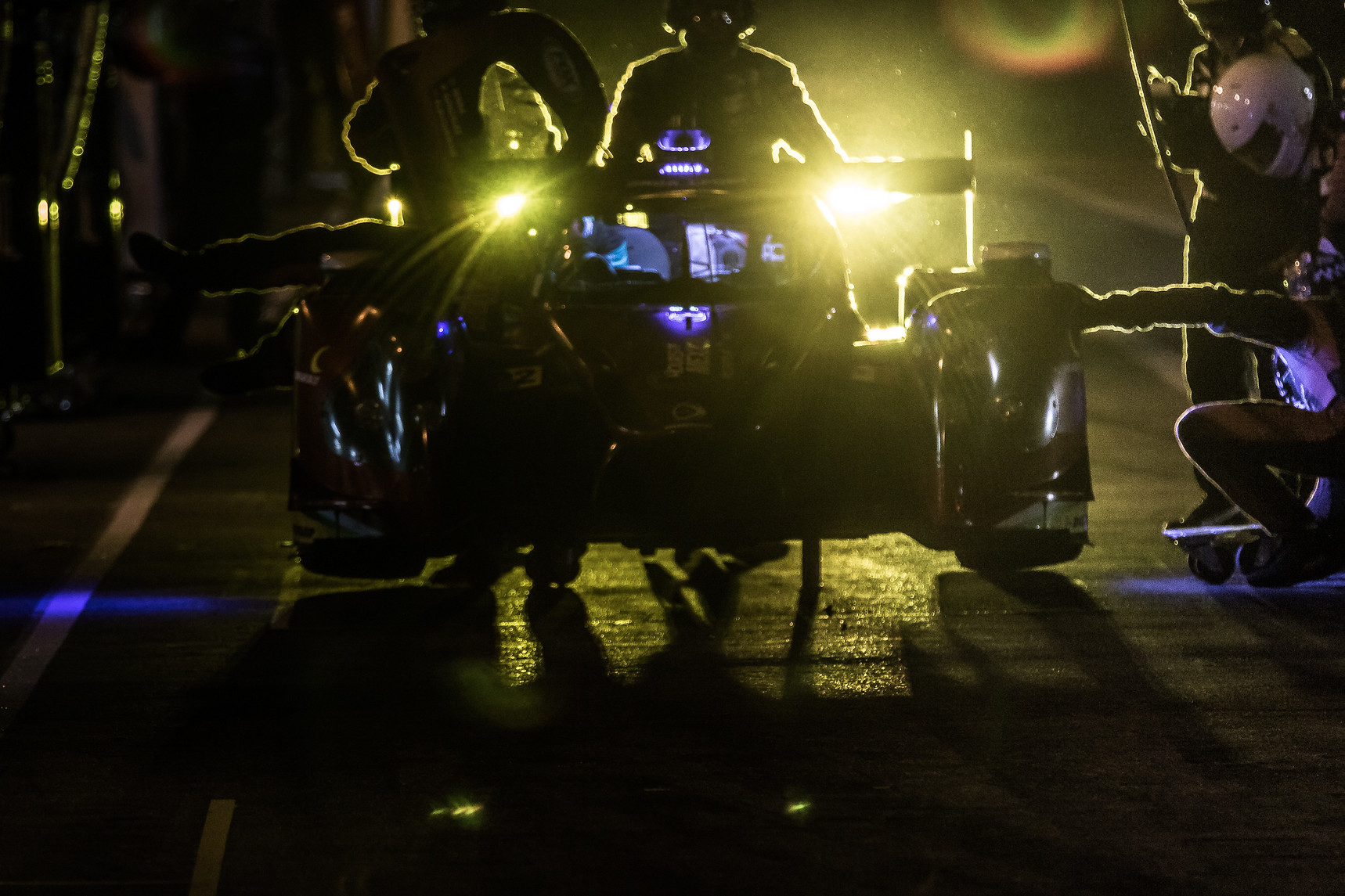
Approximately seven hours of the 24 Hours of Le Mans are conducted in darkness so, apart from the very obvious reason for why teams and drivers test at night, there are more nuanced reasons why WEC will have several ‘night-owl teams’ at the Prologue.


Fourteen entries have chosen to run in darkness and utilise the thirty hours of track availability during Friday and Saturday at Circuit Paul Ricard.
“We do a great deal of running in darkness for a variety of reasons,” says Toyota Gazoo Racing Team Manager John Steeghs.
“As well the visual practice for the drivers, it is also crucial because the temperature is a lot cooler and we can learn a lot about how this affects balance on a variety of components. Obviously it is critical for tyre management and how we adapt strategies when the sun is in and everything is cooler."
The headlights of the cars are crucial in the dusk, full dark and dawn periods of a twice-around-the-clock race, and they are something that Steeghs and his team check thoroughly.
“There are also the practical elements that we test such as headlights and ensuring the drivers are as comfortable as possible,” he continues. “So, we go through a real variety of programmes that we test in the dark hours.”
“The attention to detail on the LED lights is impressive and we develop them constantly. They are of course vital components for us over the duration of the Le Mans week."
Paul Ricard is especially useful for the teams due to the long Mistral Straight being similar in length to the two sections of the Mulsanne straight. With GT cars committed to the night section it will be a rare chance for the LMP1 cars to simulate traffic management in night conditions.
This season a regulations change means that GTE cars are sporting 'white' headlights for the first time, with a change in the sporting regulations no longer enforcing yellow-tinted covers for the production-based classes.